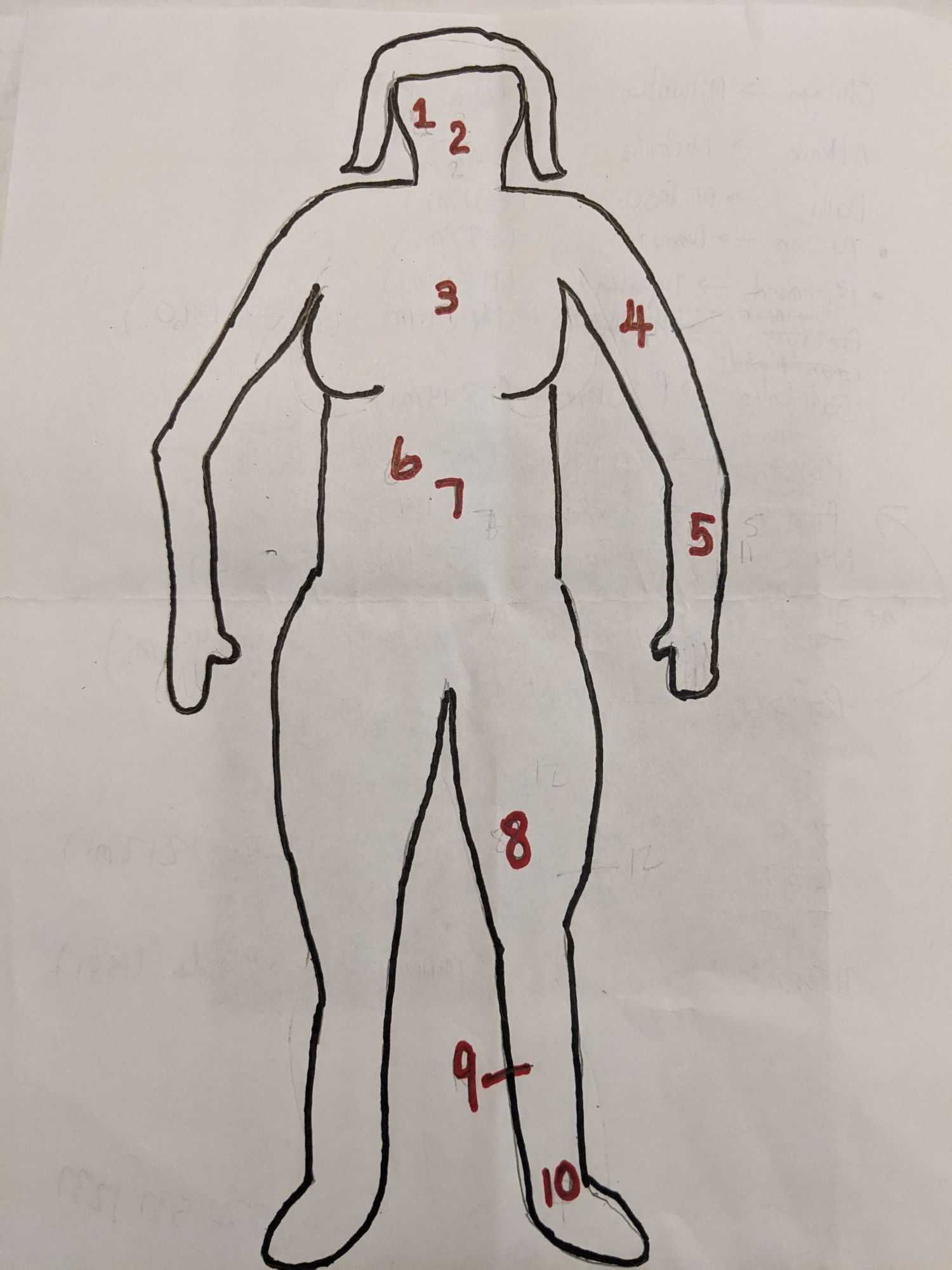
Where Am I in the Body? Trivia Quiz
I am not the only one who enjoyed playing rossian's quiz on "Labelling the Human Body". So, inspired, I have come up with ten more body parts to label for you all to enjoy. Maybe you will find as much humor in my drawing skills as my family did! Enjoy!
A label quiz
by BigTriviaDawg.
Estimated time: 3 mins.
